----
To Paint Is to Love Again: Henry Miller on Art, How Hobbies Enrich Us, and Why Good Friends Are Essential for Creative Work
// Brain Pickings
"What sustains the artist is the look of love in the eyes of the beholder. Not money, not the right connections, not exhibitions, not flattering reviews."
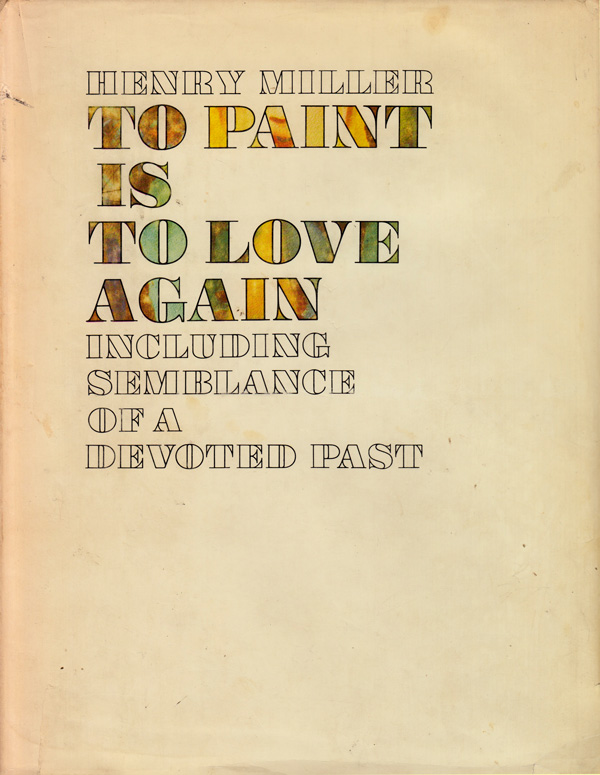 One particularly icy winter day not too long ago, I reluctantly retired my bike, took the subway into Manhattan, and gave up my seat to a kindly woman a few decades my senior. We struck up a conversation — an occurrence doubly delightful for its lamentable rarity on the New York City subway. For this radical act we were rewarded with an instant kinship of spirit — she turned out to be the wonderful artist Sheila Pinkel, visiting from the West Coast for a show she was having at a New York gallery, and bonded over our mutual love of Henry Miller, lamenting how much of his magnificent and timeless writing has perished out of print — things like his beautiful reflections on the greatest gift of growing old and on money and on the meaning of life.
One particularly icy winter day not too long ago, I reluctantly retired my bike, took the subway into Manhattan, and gave up my seat to a kindly woman a few decades my senior. We struck up a conversation — an occurrence doubly delightful for its lamentable rarity on the New York City subway. For this radical act we were rewarded with an instant kinship of spirit — she turned out to be the wonderful artist Sheila Pinkel, visiting from the West Coast for a show she was having at a New York gallery, and bonded over our mutual love of Henry Miller, lamenting how much of his magnificent and timeless writing has perished out of print — things like his beautiful reflections on the greatest gift of growing old and on money and on the meaning of life.
Right before I hopped out at my stop, Sheila mentioned one particular book that had made a strong impression early in life, but which she had been unable to find since — Miller's 1968 lost gem To Paint Is to Love Again (public library). Naturally, I tracked down a surviving copy as soon as possible and was instantly enchanted by this rare and wonderful treasure trove of Miller's paintings — for he was among the famous writers who were drawn to the visual arts, producing such lesser-known treats as J.R.R. Tolkien's illustrations, Sylvia Plath's drawings, William Faulkner's Jazz Age etchings, Flannery O'Connor's cartoons, Zelda Fitzgerald's watercolors, and Nabokov's butterfly studies — enveloped in his devastatingly honest and insightful words on art, sincerity, kindness, hardship, and the gift of friendship.
With his characteristic blend of irreverence, earnestness, and unapologetic wisdom, Miller — who began painting at the age of thirty-seven in 1928, while he was "supposed to be at work on the great American novel" but was yet to publish anything at all, bought his first watercolors and brushes in the midst of poverty, and was soon painting "morning, noon and night" — explores the eternal question of what art is and what makes one an artist.
Somewhere between the great scientist as a master at the art of observation and the writer, whom Susan Sontag memorably defined as "a professional observer," Miller places the painter:
What is more intriguing than a spot on the bathroom floor which, as you sit emptying your bowels, assumes a hundred different forms, figures, shapes? Often I found myself on my knees studying a stain on the floor — studying it to detect all that was hidden at first sight. No doubt the painter, studying the face of the sitter whose portrait he is about to do, must be astonished by the things he suddenly recognizes in the familiar visage before him. Looking intently at an eye or a pair of lips, or an ear — particularly an ear, that weird appendage! — one is astounded by the metamorphoses a human countenance undergoes. What is an eye or an ear? The anatomy books will tell you one thing, or many things, but looking at an eye or ear to render it in form, texture, color yields quite another kind of knowledge. Suddenly you see — and it's not an eye or an ear but a little universe composed of the most extraordinary elements having nothing to do with sight or hearing, with flesh, bone, muscle, cartilage.
In this art of seeing Miller finds the essential question of what a painting really is:
A picture… is a thousand different things to a thousand different people. Like a book, a piece of sculpture, or a poem. One picture speaks to you, another doesn't… Some pictures invite you to enter, then make you a prisoner. Some pictures you race through, as if on roller skates. Some lead you out by the back door. Some weigh you down, oppress you for days and weeks on end. Others lift you up to the skies, make you weep with joy or gnash your teeth in despair.
But in contemplating this spectrum of the viewer's emotional experience, Miller counters Tolstoy's idea of "emotional infectiousness" between artist and audience and writes:
What happens to you when you look at a painting may not be at all what the artist who painted it intended to have happen. Millions of people have stood and gazed in open-mouthed wonder at the Mona Lisa. Does anyone know what was going on in Da Vinci's mind when he did it? If he were to come to life again and look at it with his own two eyes it is dubious, in my mind, that he would know himself precisely what it was that made him present her in this immortal fashion.
And yet the intensity of the artist's own emotion, Miller argues, is the true lifeblood of art and of optimism about the human spirit:
To paint is to love again. It's only when we look with eyes of love that we see as the painter sees. His is a love, moreover, which is free of possessiveness. What the painter sees he is duty-bound to share. Usually he makes us see and feel what ordinarily we ignore or are immune to. His manner of approaching the world tells us, in effect, that nothing is vile or hideous, nothing is stale, flat and unpalatable unless it be our own power of vision. To see is not merely to look. One must look-see. See into and around.
He recounts the profound transformation he witnessed within himself when he "first began to view the world with the eyes of a painter" and learned a whole new way of paying attention — a way that lives up to Mary Oliver's beautiful assertion that attention without feeling … is only a report." Miller writes:
The most familiar things, objects which I had gazed at all my life, now became an unending source of wonder, and with the wonder, of course, affection. A tea pot, an old hammer, or chipped cup, whatever came to hand I looked upon as if I had never seen it before. I hadn't, of course. Do not most of us go through life blind, deaf, insensitive? Now as I studied the object's physiognomy, its texture, its way of speaking, I entered into its life, its history, its purpose, its association with other objects, all of which only endeared it the more… Have you ever noticed that the stones one gathers at the beach are grateful when we hold them in our hands and caress them? Do they not take on a new expression? An old pot loves to be rubbed with tenderness and appreciation. So with an axe: kept in good condition, it always serves its master lovingly.
Unlike his longtime lover and lifelong friend Anaïs Nin, who believed that "if one changes internally, one should not continue to live with the same objects," Miller extols the gladdening assurance of the old:
I have always cherished old things, used things, things marked by the passage of time and human events. I think of my own self this way, as something much handled, much knocked about, as worn and polished with use and abuse. As something serviceable, perhaps I should say. More serviceable for having had so many masters, so many wretched, glorious, haphazard experiences and encounters. Which explains, perhaps, why it is that when I start to do a head it always turns into a "self-portrait." Even when it becomes a woman, even when it bears no resemblance to me at all. I know myself, my changing faces, my ineradicable Stone Age expression. It's what happened to me that interests me, not resemblances. I am a worn, used creature, an object that loves to be handled, rubbed, caressed, stuffed in a coat pocket, or left to bake in the sun. Something to be used or not used, as you like.
Noting that he never dares to call himself a painter and yet he does paint, Miller considers the psychology behind this ambivalent attitude — something at the heart of Ann Truitt's insightful meditation on the difference between "doing art" and being an artist — and writes:
I turn to painting when I can no longer write. Painting refreshes and restores me; it enables me to forget that I am temporarily unable to write. So I paint while the reservoir replenishes itself.
This, of course, is a strategy that many celebrated creators used — Madeleine L'Engle read science to enrich her writing and Einstein, who termed his creative process "combinatory play,", is said to have come up with his greatest physics breakthroughs during his violin breaks. But it also makes sense under more formal psychological models of how creativity works, all of which require some form of incubation period, or what Alexander Graham Bell called "unconscious cerebration" — a stage during which "no effort of a direct nature" is made toward one's creative goal and the mind is instead allowed to perform its essential background processing.
This notion comes very much alive in Miller's account of those early days when he first became besotted with painting and its singular way of seeing the world:
Though my mind was intensely active, for I was seeing everything in a new light, the impression I had was of painting with some other part of my being. My mind went on humming, like a wheel that continues to spin after the hand has let go, but it didn't get frazzled and exhausted as it would after a few hours of writing. While I played, for I never looked on it as work, I whistled, hummed, danced on one foot, then the other, and talked to myself.
[…]
It was a joy to go on turning [paintings] out like a madman — perhaps because I didn't have to prove anything, either to the world or to myself. I wasn't hepped on becoming a painter. Not at all. I was simply wiggling out of the strait-jacket.
He draws a further contrast between painting and writing in their respective effects on the creator's psyche:
I enjoy talking to painters more than to writers… Painters give me the impression of being less used up by their daily task than writers or musicians. Also, they use words in a more plastic way, as if conscious of their very substantial originals. When they write … they reveal a poetic touch which writers often lack. Perhaps this is due to living continuously with flesh, textures, objects, and not merely with ideas, abstractions, complexes. Often they are mimes or story tellers, and nearly always good cooks. The writer, on the other hand, is so often pale, awkward, incompetent in everything except the business of putting words together.
The disposition of the painter and the writer, Miller observes with the warm wryness of someone very much aware that he is first a writer, differs not only in their psychic state during creation but also in how each relates to their finished work:
To paint is to love again, live again, see again. To get up at the crack of dawn in order to take a peek at the water colors one did the day before, or even a few hours before, is like stealing a look at the beloved while she sleeps. The thrill is even greater if one has first to draw back the curtains. How they glow in the cold light of early dawn! … Is there any writer who rouses himself at daybreak in order to read the pages of his manuscript? Perish the thought!
And yet Miller notes that many celebrated writers were also "painters, musicians, actors, ambassadors, mathematicians," of which he observes:
When one is an artist all mediums open up… Every artist worth his salt has his [hobby]. It's the norm, not the exception.
For Miller, part of the allure of painting lies in its superior, almost primitive sincerity, of which only children and the rare adult artist are true masters — for the same reason that children have a wealth to teach us about risk, failure, and growth. Miller writes:
For me the paintings of children belong side by side with the works of the masters… The work of a child never fails to make appeal, to claim us, because it is always honest and sincere, always imbued with the magic certitude born of the direct, spontaneous approach.
[…]
Paul Klee … had the ability to return us to the world of the child as well as to that of the poet, the mathematician, the alchemist, the seer. In the paintings of Paul Klee we are privileged to witness the miracle of the pedagogue slaying the pedagogue. He learned in order to forget, it would seem. He was a spiritual nomad endowed with the most sensitive palps… He almost never failed, and he never, never, never said too much.
Miller compares his own way of learning to that of children:
We all learn as much as we wish to and no more. We learn in different ways, sometimes by not learning…. My way is by trial and error, by groping, stumbling, questioning.
Noting that very few American painters excite him at all — among the exceptions he admiringly cites Georgia O'Keeffe and Jackson Pollock — Miller condemns the toxic effect of consumerism, something he had spiritedly condemned three decades earlier, on the creative spirit:
To paint is to love again, and to love is to live to the fullest. But what kind of love, what sort of life can one hope to find in a vacuum cluttered with every conceivable gadget, every conceivable money maker, every last comfort, every useless luxury? To live and love, and to give expression to it in paint, one must also be a true believer. There must be something to worship. Where in this broad land is the Holy of Holies hidden?
[…]
The practice of any art demands more than mere savoir faire. One must not only be in love with what one does, one must also know how to make love. In love self is obliterated. Only the beloved counts. Whether the beloved be a bowl of fruit, a pastoral scene, or the interior of a bawdy house makes no difference. One must be in it and of it wholly. Before a subject can be transmuted aesthetically it must be devoured and absorbed. If it is a painting it must perspire with ecstasy.
Echoing Nietzsche's conviction that a full life requires embracing rather than running from difficulty, he adds:
The lure of the master lies in the struggle he engenders… [In America] for everything which taxes our patience, our skill, our understanding, we have short cuts… Only the art of love, it would seem, still defies the short cut.
Decades before Lewis Hyde's now-legendary manifesto for the gift economy and half a century before its modern-day counterpart, Amanda Palmer's manifesto for the art of asking, Miller writes:
Certainly the surest way to kill an artist is to supply him with everything he needs. Materially he needs but little. What he never gets enough of is appreciation, encouragement, understanding. I have seen painters give away their most cherished work on the impulse of the moment, sometimes in return for a good meal, sometimes for a bit of love, sometimes for no reason at all — simply because it pleased them to do so. And I have seen these same men refuse to sell a cherished painting no matter what the sum offered. I believe that a true artist always prefers to give his work away rather than sell it. A good artist must also have a streak of insanity in him, if by insanity is meant an exaggerated inability to adapt. The individual who can adapt to this mad world of to-day is either a nobody or a sage. In the one case he is immune to art and in the other he is beyond it.
Miller traces this purity of intention back to one of his first mentors and greatest influences, the painter Lilik Schatz, who never condemned Miller's lack of technique in painting but had no tolerance for "lack of feeling, lack of daring." Miller quotes Schatz's memorable advice:
Do anything you like, but do it with conviction!
For their sincerity and integrity of conviction, Miller held painters in high regard his whole life. He describes them as "all lovable souls, and some … possessed of a wisdom altogether uncommon." Even though these impressions were based on Miller's friendships with a number of prominent artists, including Man Ray and Beauford Delaney, he remains most moved by the great photographer Alfred Stieglitz, a man of "vigorous, youthful spirit" and "unique way of looking at things":
No one had ever talked painting to me the way Stieglitz did. It wasn't his talk alone either, but the look in his eyes which accompanied it. That he was not a painter amazed me…. If ever the artist had a friend, a spokesman, a champion defender, it was in the person of Alfred Stieglitz… He was one of the very few Americans … whose approach to a work of art inspired reverence for the artist, for his work, for art itself. Lucky for us who come under his spell that he was not a painter, that he had created for himself the role of interpreter and defender.
Miller's deep appreciation for such champions of the artist echoes, coincidentally, what Georgia O'Keeffe — the love of Stieglitz's life, and a legendary artist whose own career was sparked by a friend's unflinching faith — once wrote of the only true measure of success in art. In a sentiment that Robert Krulwich would come to echo half a century later in his magnificent commencement address on the importance of "friends in low places," Miller extols the enormous spiritual value of such supporters:
Usually the artist has two life-long companions, neither of his own choosing… — poverty and loneliness. To have a friend who understands and appreciates your work, one who never lets you down but who becomes more devoted, more reverent, as the years go by, that is a rare experience. It takes only one friend, if he is a man of faith, to work miracles.
But Miller's timeliest point is his word of advice and admonition to young artists, heeding which is doubly important in our networked and networking age preoccupied with how large an artist's Twitter following is or how "successful" her Kickstarter campaign:
How distressing it is to hear young painters talking about dealers, shows, newspaper reviews, rich patrons, and so on. All that comes with time — or will never come. But first one must make friends, create them through one's work. What sustains the artist is the look of love in the eyes of the beholder. Not money, not the right connections, not exhibitions, not flattering reviews.
Miller intuits with great poetic precision what we now know empirically about grit being more important than "genius":
To win through by sheer force of genius is one thing; to survive and continue to create when every last door is slammed in one's face is another. Nobody acquires genius — it is God-given. But one can acquire patience, fortitude, wisdom, understanding. Perhaps the greatest gift [is] to love what one does whether it causes a stir or not.
In yet another stroke of prescience, Miller reveals himself as an early proponent of the pay-what-you-wish model of funding creative endeavor — the model that makes Brain Pickings possible — and adds:
Who knows what is good for man in this life? Poverty is one of the misfortunes people seem to dread even more than sickness… But is it so dreadful? For me this seemingly bleak period was a most instructive one, because not being able to write for money I had to turn to something else to keep going. It could have been shining shoes; it happened to be water colors. To make water colors for money never gave me the least qualm. I set no price on my labors. Whatever the buyer chose to offer, whatever he thought he could afford, no matter how ridiculous the sum, I said yes… I earned just enough to keep my head above water. It was like writing songs and getting paid to whistle them.
Having written about the beautiful osmosis of giving and receiving nearly three decades earlier, Miller closes with a wonderfully touching personal anecdote — the kind found in Charles Bukowski's beautiful letter of gratitude to his first patron. Illustrating the mutually ennobling effects of this kindness economy, Miller recounts one such early friendly spirit to whom he owes his creative destiny:
All this good fortune — of being able to work like a dog in happy poverty — was the result of a chance encounter with Attilio Bowinkel who ran an art shop in Westwood Village. One day I entered his shop to buy two tubes of paint. I asked for the cheapest water colors he had. When he asked me if that was all I needed I told him frankly that that was all I could afford at the moment. Whereupon the good Mr. Bowinkel put me a few discreet but pertinent queries. I answered briefly and truthfully. Then he said, and I shall never forget it: "Choose what you like … paper, paints, brushes, whatever you need. It's a gift." A few days later he came to the Green House to inspect my work. I blushed when I showed him what I had on hand. He didn't say whether they were good or bad but on leaving he took a few with him, and the next day, on passing his shop, I noticed two of them in the window, beautifully framed. They were sold that very day, to Arthur Freed of M.G.M., a collector of modern European paintings… In Attilio Bowinkel I found a friend and a saviour.
To Paint Is to Love Again is hard to find but well worth the effort — it is indeed the kind of book that might one day possess you to do something as crazy as telling a stranger on the New York subway about it. Complement it with Miller on the art of living, the secret to remaining young at heart, the greatest thing about the universe, and his eleven commandments of writing.
Donating = Loving
Bringing you (ad-free) Brain Pickings takes hundreds of hours each month. If you find any joy and stimulation here, please consider becoming a Supporting Member with a recurring monthly donation of your choosing, between a cup of tea and a good dinner.
You can also become a one-time patron with a single donation in any amount.
 Brain Pickings has a free weekly newsletter. It comes out on Sundays and offers the week's best articles. Here's what to expect. Like? Sign up.
Brain Pickings has a free weekly newsletter. It comes out on Sundays and offers the week's best articles. Here's what to expect. Like? Sign up.
----
Shared via my feedly reader
Sent from my iPad
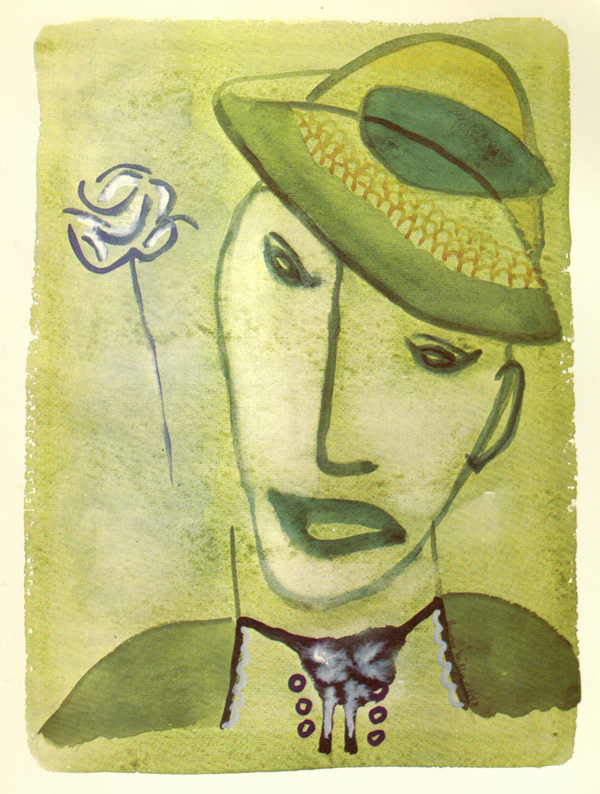

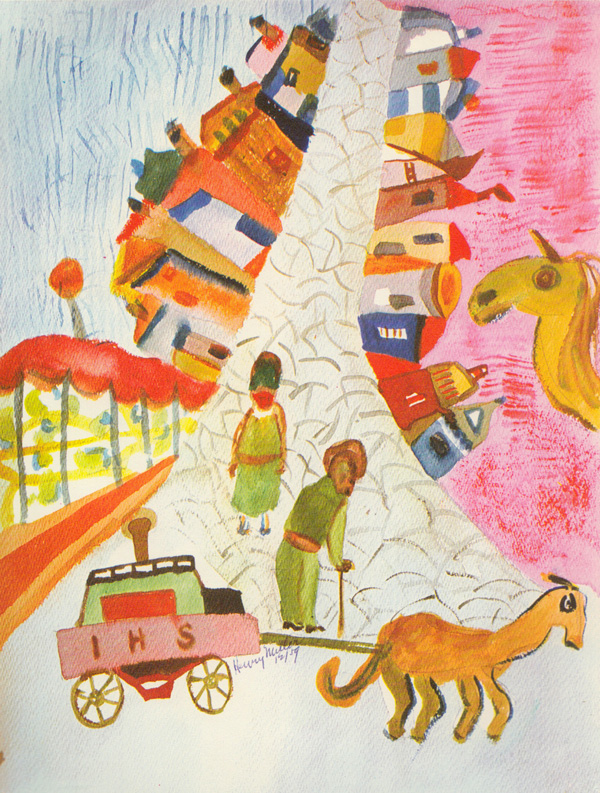
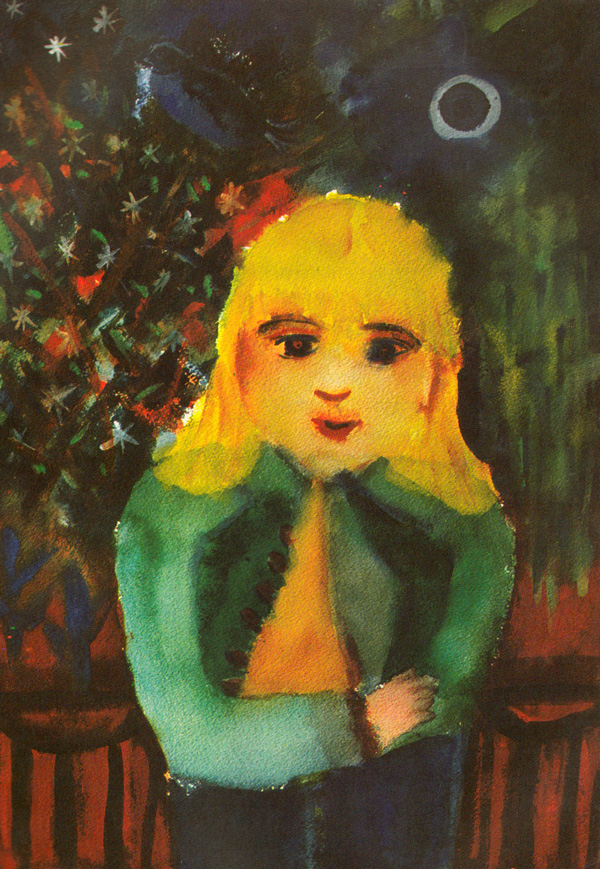
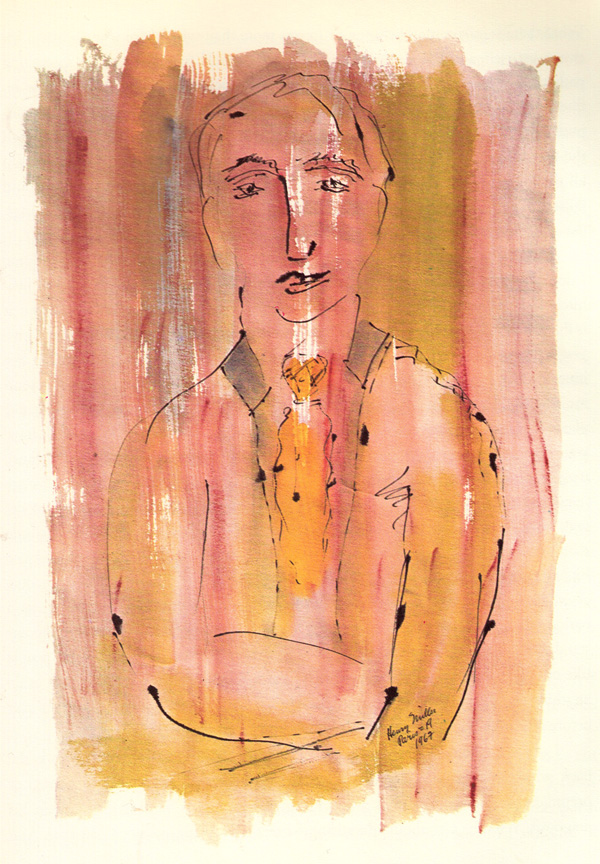
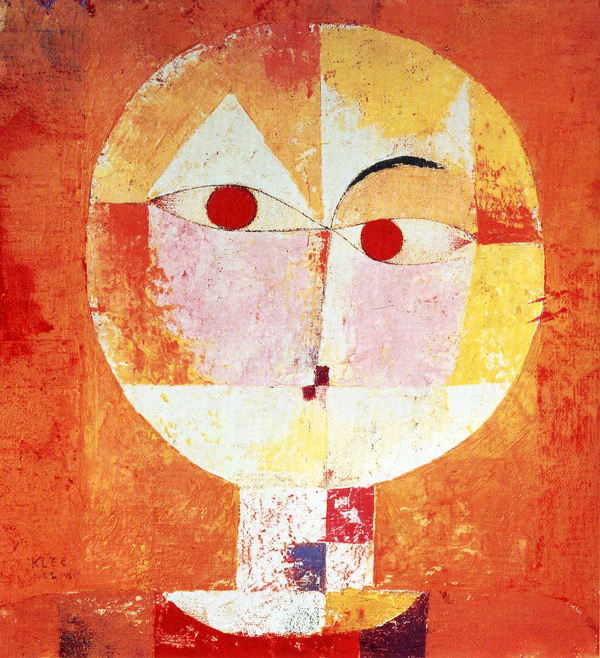
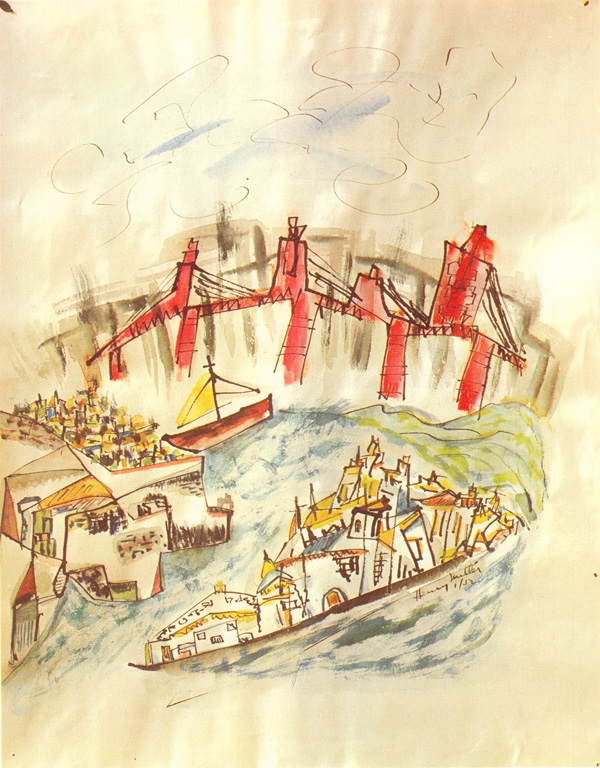
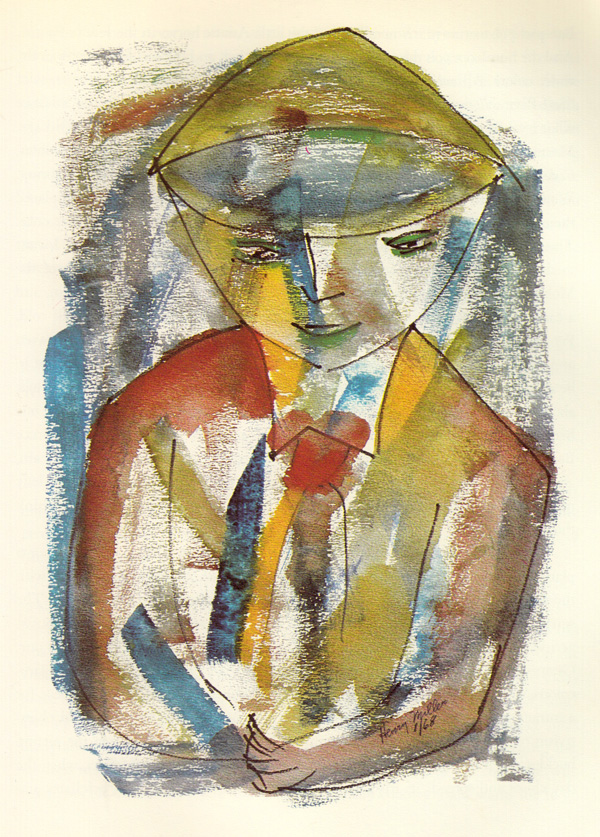
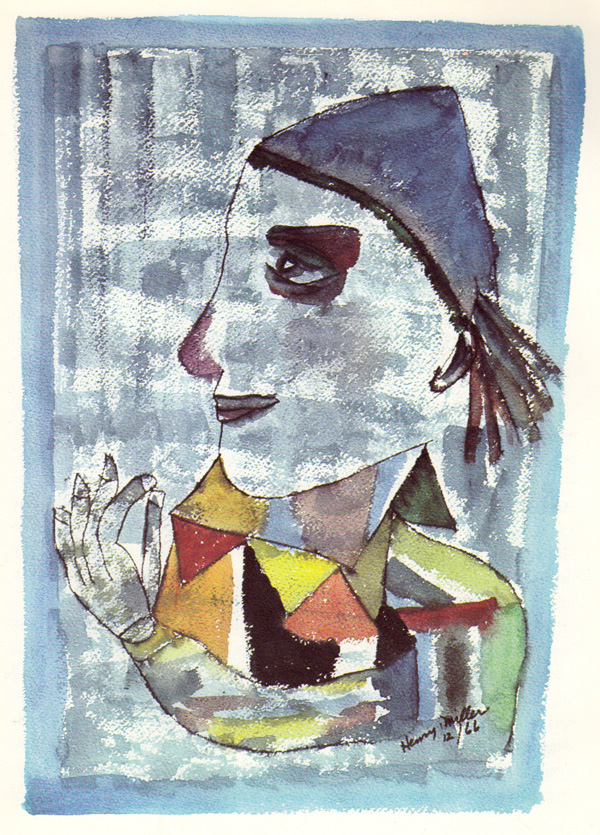
No comments:
Post a Comment